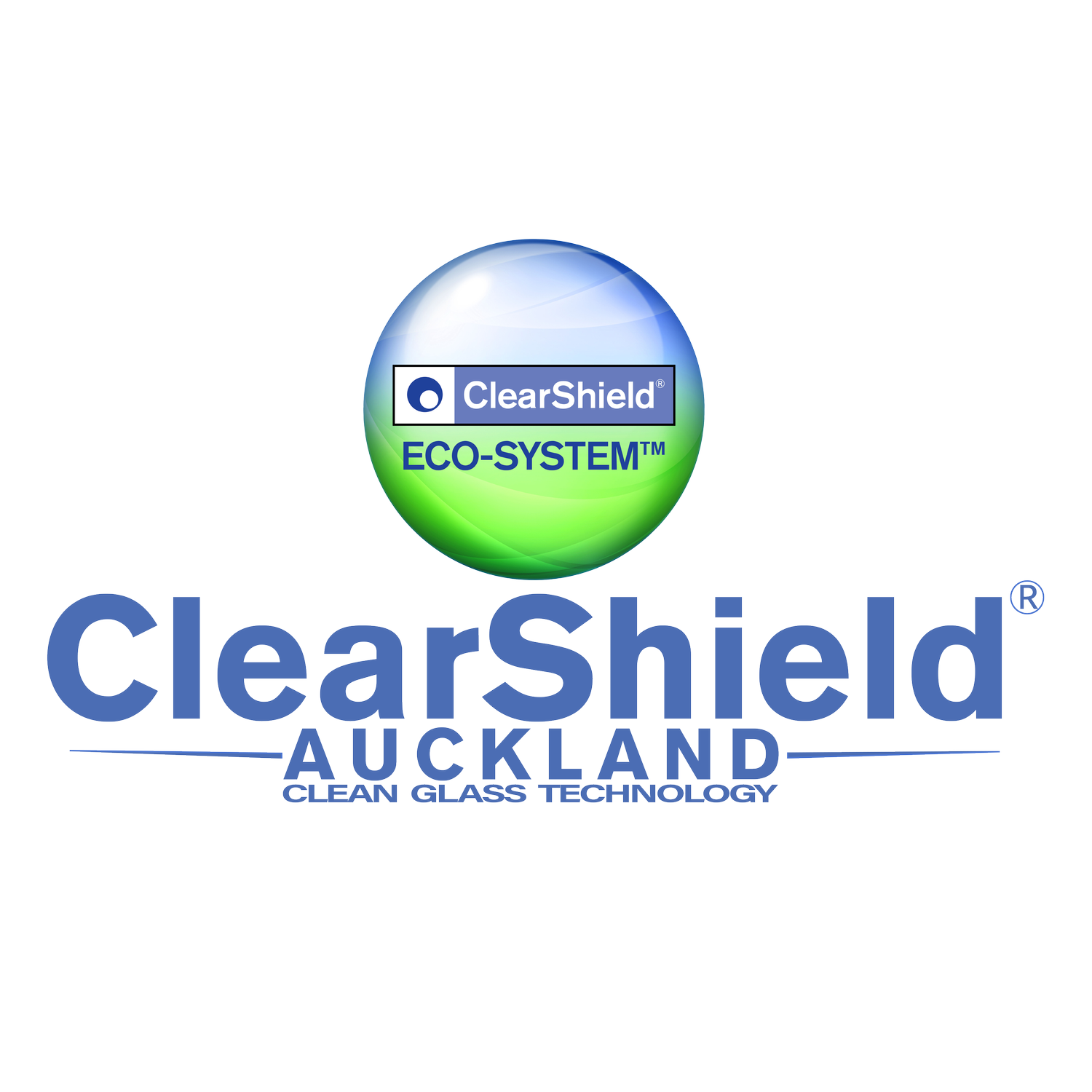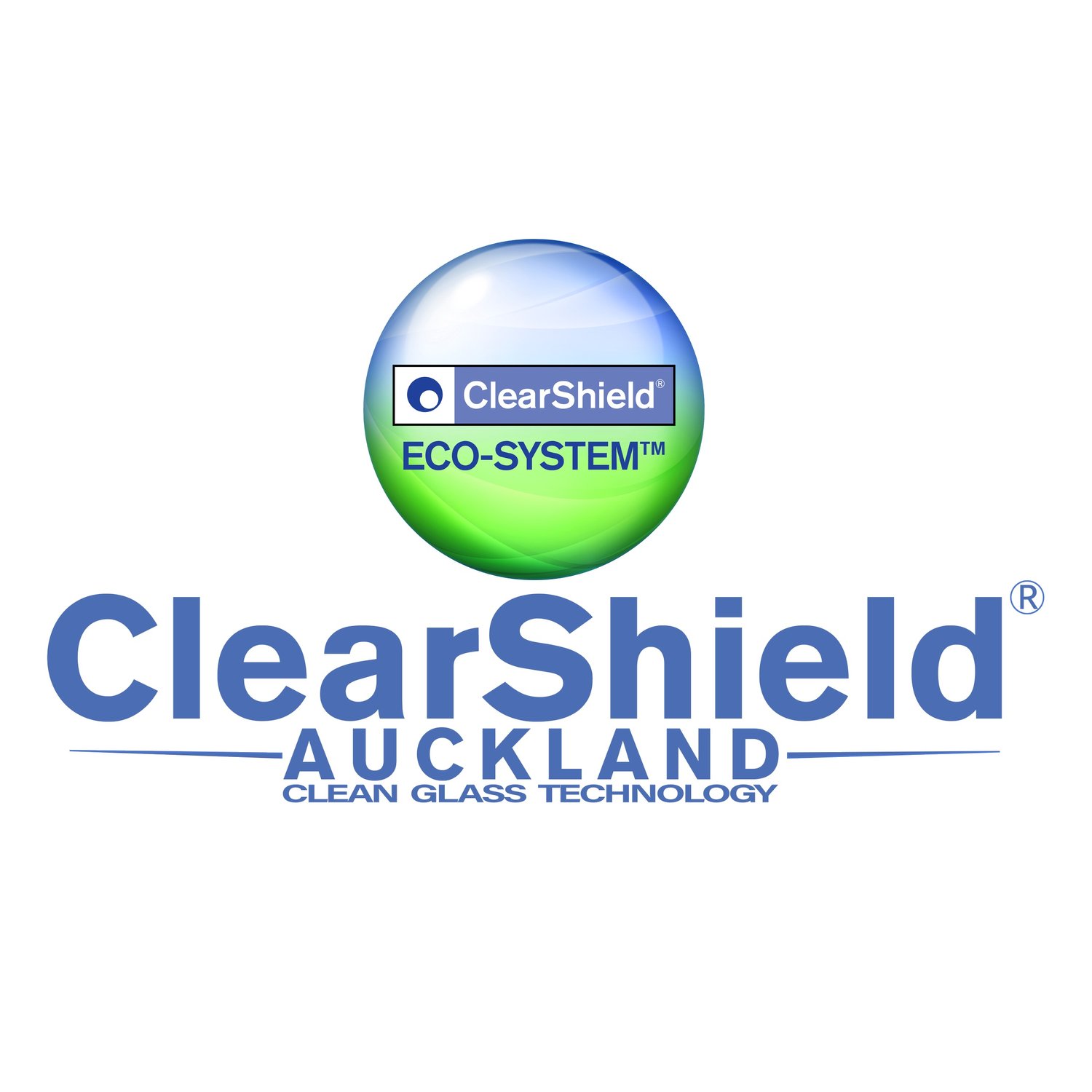What’s on the surface?
It is time to clear the confusion about the claims of the different technologies.
Some glass surface treatments have some resistance to organic substances like bird droppings and tree sap. These are messy and sticky but do not normally bond to the glass or attack it, like inorganic contaminants such as run-off from concrete, bricks, stone and silicone sealants, metal oxides from lead roof flashing as well as sea salt and limescale. These are the real enemies of glass, especially when in combination with moisture, which causes them to bond to the surface, stain it and cause physical damage through etching.
It is important to understand the facts behind the marketing claims, and to assess the degree of protection that will be required against both organic and inorganic contaminants.
There are three main technologies from which to choose and many more brand names and suppliers – so how do you select the one that is fit for each particular purpose?
SELF-CLEANING GLASS:
This is produced by applying a thin coating of titanium dioxide (TiO2) to the surface of the glass during the manufacturing process. TiO2 will help to break down organic dirt, under specific conditions, but cannot break down or remove inorganic substances. Therefore, it is not suitable wherever exterior glass will be subjected to inorganic contamination such as run-off from concrete and brickwork or metal oxides, or for coastal locations and hard water areas which will accelerate the build up of limescale.
Furthermore, because TiO2 reacts with UV radiation in sunlight to break down organic dirt and is then washed away by rainfall, the coating may be ineffective during long dry spells or in sheltered positions.
WATER-REPELLENTS:
These are mainly silicone fluids and silanes, sometimes marketed as nanotechnology under various brand names. Their water-repellency does offer a degree of protection against moisture attack, but generally, the performance and durability of these products are very limited. Water repellents have low resistance to inorganic substances.
DURABLE GLASS SURFACE PROTECTION:
A chemically bonded cross-linking polymer that can be applied to the surface of glass at any time. Ritec pioneered this technology with its ClearShield System, which is part of a complete glass renovation package, so new or existing glass can be treated. Unlike the other two product categories, this surface protection resists adhesion of both organic and inorganic contaminants before, during and after installation.
Its performance is continuous and does not depend on sunlight or rainfall to be effective. It also protects glass against surface corrosion caused mainly by moisture and alkalinity, and provides protection during construction, rather than requiring protection itself (as self-cleaning glass does), especially from cement and silicone sealants.


